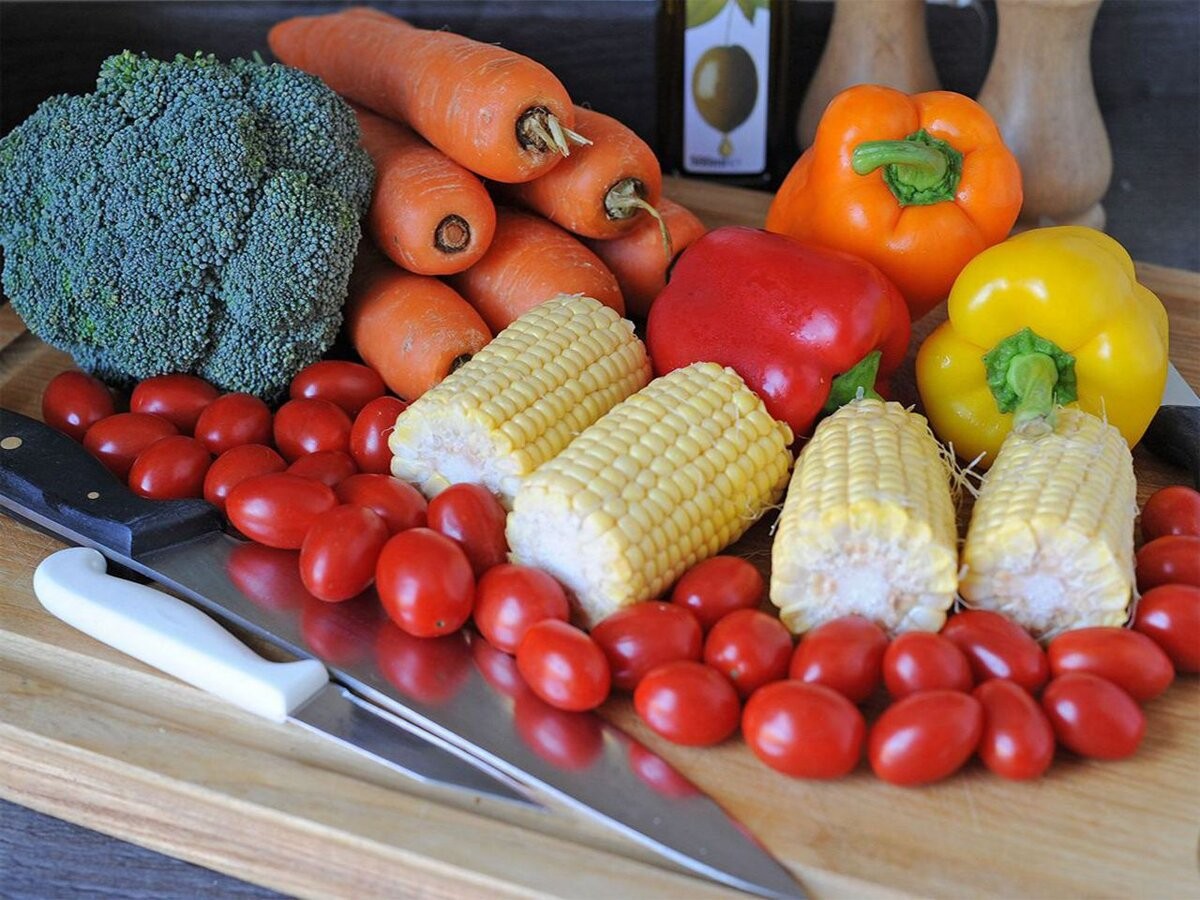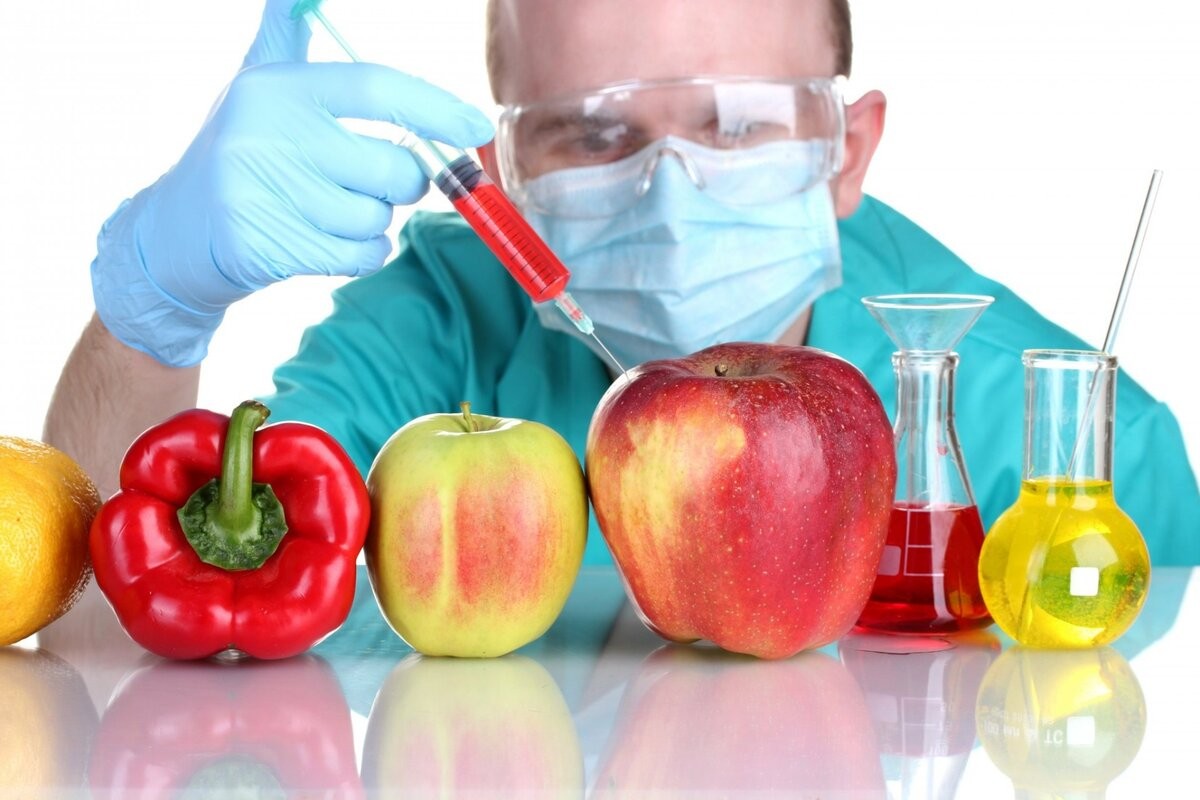80% of the foods we eat are genetically modified. Is this safe?
In recent years, diabetes and cancer have risen, obesity has grown for reasons we still can’t clearly explain, and allergies seem nearly universal. Many people once blamed stress alone, but could the food on our plates be a larger part of the problem? You’ve seen glossy apples, berries, and grapes at markets that taste oddly like plastic. Turkish tomatoes seem to stay fresh for weeks without wilting. Behind these quirks lies a difficult question: what is hidden in our food? Genetically modified organisms (GMOs) are at the center of a growing debate. Aggressive ads promise “eco-friendly” products free of GMOs, while critics warn that genetic engineering creates crops that are like universal soldiers—tough against drought, pests, and parasites. When genes from another organism are inserted into a fruit, it can taste sweeter; when wheat is engineered, grains can become larger; and cucumbers can grow twice as fast. Breeders can take years to develop a desirable product, but genetic engineering can achieve similar changes much faster.

In This Article:
GMOs: What they are and why critics fear them.
GMOs are organisms whose genetic material has been altered using engineering techniques. In agriculture, the main attractions are a longer shelf life, resistance to pests, and crops that survive transport without spoiling. When scientists insert genes from another organism into crops, the resulting products can have new traits: strawberries may taste sweeter, wheat grains can be larger, and cucumbers can grow twice as fast. Breeders can achieve these changes much more quickly than with traditional breeding.

Promises and unknowns: the science is new.
Yet the technology is relatively new, and there is no consensus on its long-term effects on human health. In 2016, Russia banned the cultivation of genetically modified plants and animals. Proponents argue that GMOs can help treat diseases, create medicines, and develop new plant and animal varieties, but critics warn of gaps in data about how these foods affect people over years of consumption.

Industry, profits and the safety tests.
From a production perspective, GMOs offer long storage life, pest resistance, and goods that travel well. But safety studies are often funded by the producers themselves, raising concerns about objectivity. The article notes that many foods in supermarkets contain GMOs—and sausages and similar products are said to contain around 80% GMOs. Major brands cited include McDonald’s, Coca‑Cola, PepsiCo, Danone, Kellogg’s, Nestlé, Heinz Foods, Similac, and many others.

What you can do as a consumer.
To navigate this landscape, read labels carefully and try to avoid sausages whose ingredients come from soy or corn. The article notes that GMOs are present in many breads and confectionery as well. It even points out that some familiar brands—like Coca‑Cola, Pepsi, Mars, Snickers, Bounty, and others—may include GMOs, and that McDonald’s uses transgenic soy in its fast food. If you see potatoes that are perfectly smooth and the same size, the article suggests this is often the result of genetic modification. In short, GMOs are profitable for producers, but their safety and impact on health and ecosystems remain debated, and consumer choices can influence what ends up on supermarket shelves.

